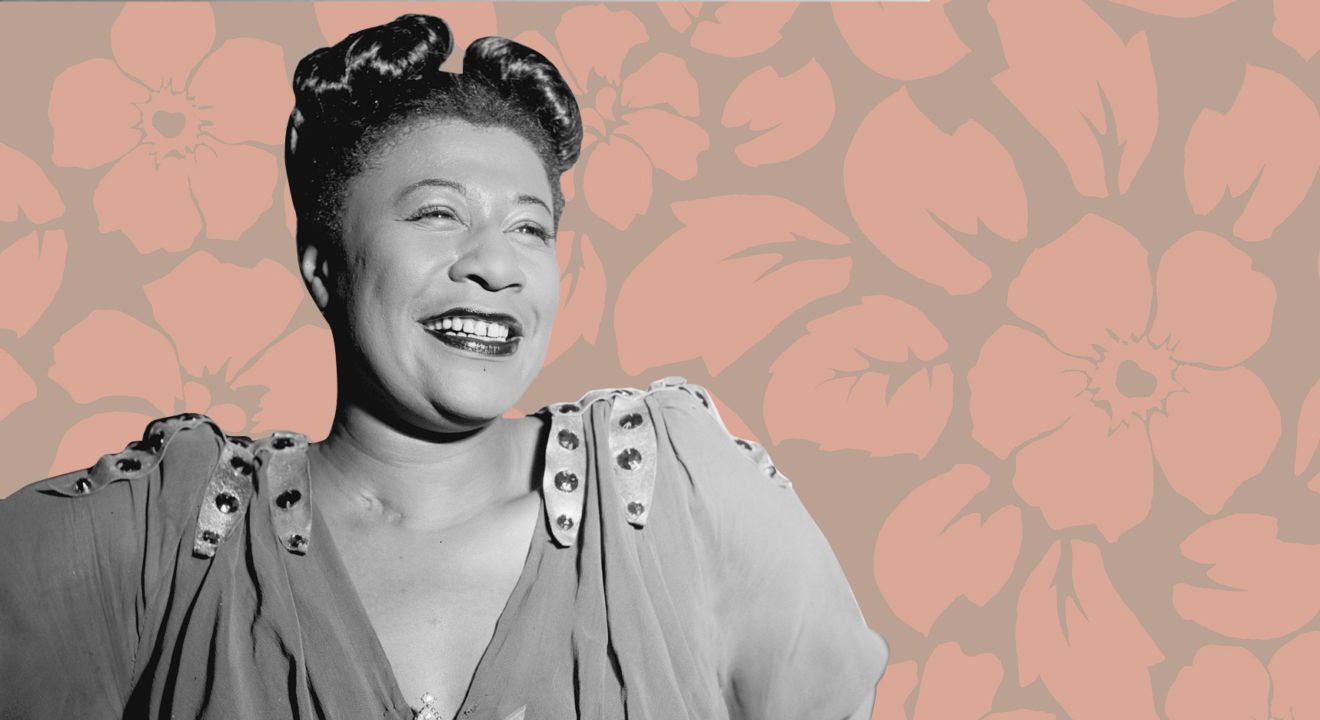Inspiration October 12, 2016


In every era, there is one person who defies the challenges and rules set before them. One person who defies status and circumstance to dream of more. Ella Fitzgerald was a woman with incredible inner strength and unexpected talent. Her gentle and silky voice sailed into the ears of her listeners and made her the first ever African-American to win not one, but two Grammy’s.
Ella Fitzgerald was born on April 25th, 1917, to parents William and Temperance Fitzgerald. Ella’s early life was one of change and struggle. Not too long after she was born, Ella’s parents separated. She went with her mother to Yonkers, New York and lived with her mother’s boyfriend, Joseph Da Silva. It was here that Ella was exposed to the wonder and magic of the Apollo Theater, where she and her friends would sneak in to watch performances.
Ella suffered many losses during her time in New York, including the death of her mother and stepfather. The losses hit her hard and she became more and more disinterested in school. Thankfully for her, her name was chosen from a weekly drawing at the Apollo and she won the opportunity to participate in their Amateur Night contest. Poor yet determined, Ella signed up for a dance contest at the Apollo. When she saw the other dance competitors, her confidence shook and realized she couldn’t compete with their routines.
When it was her turn to step up to the stage, she only had one choice: sing. She sang Hoagy Carmichael’s “Judy.” Amazingly, this young teenage girl was able to not only quiet the initially disgruntled crowd, but she received an encore. She obliged and sang “The Object of My Objections.” Ella’s performance caught the attention of one of the members in the band, Benny Carter. Impressed by her talent, Benny took it upon himself to introduce Ella to people who could help her launch her career.
After that, Ella began winning more and more talent contests. Her popularity grew and she eventually met Chick Webb, the leader of the band Chick Webb and His N.B.C. Orchestra. Webb took Ella under his wing after hearing her perform as one of his singers. She and the band played together and recorded their smash hit “A-Tisket, A-Tasket.”
On June 16, 1939, Chick Webb unfortunately passed away and Ella was left to take charge of the band. She renamed the band “Ella Fitzgerald and Her Famous Band.” During Ella’s time with the band, she toured with Dizzy Gillespie’s band in 1946. While on tour, she met and fell in love with bassist Ray Brown. Ray was working for producer and manager Norman Granz. Norman saw Ella’s special spark, heard her angelic voice and asked her to sign with him. She did just that.
Already Ella was quickly becoming a star and a Hollywood favorite. She appeared on popular TV shoes such as “The Bing Crosby Show,” “The Tonight Show,” “The Dean Martin Show” and more. Her success was stumped slightly when she was denied to sing at the Mocambo – a very popular nightclub in the 1950s – because she was African-American. However, Marilyn Monroe was an avid fan of Fitzgerald’s and called the club owner and told him she would sit front and center of every show if he let Ella play at the club. The club owner was so thrilled at the thought of the inevitable press that he agreed.
Ella has said, “I owe Marilyn Monroe a real debt. It was because of her that I played the Mocambo … After that, I never had to play a small jazz club again. She was an unusual woman – a little ahead of her times. And she didn’t know it.”
Ella never stopped performing at venues all over the country. When she played in New York for a legendary two weeks straight alongside Sinatra and Count Basie, her fame and talent become so bright that President Ronald Reagan awarded Ella the National Medal of Arts. Nothing could stop this amazing woman. Well, almost nothing. Miss Fitzgerald had a quintuple coronary bypass surgery in 1986. She was also diagnosed with diabetes, a disease that ultimately took her sight. Even so, Ella gave her last performance at Carnegie Hall in New York while blind and missing both her legs.
Ella Fitzgerald was a legend among legends. The Queen of Jazz, she is the inspiration to all dreamers who have nothing but the clothes on their backs and the song in their hearts. She will always be an important thread through the fabric of time. Ella Fitzgerald is a #WomanThatDid.
All facts were derived directly from Ella Fitzgerald’s official website.